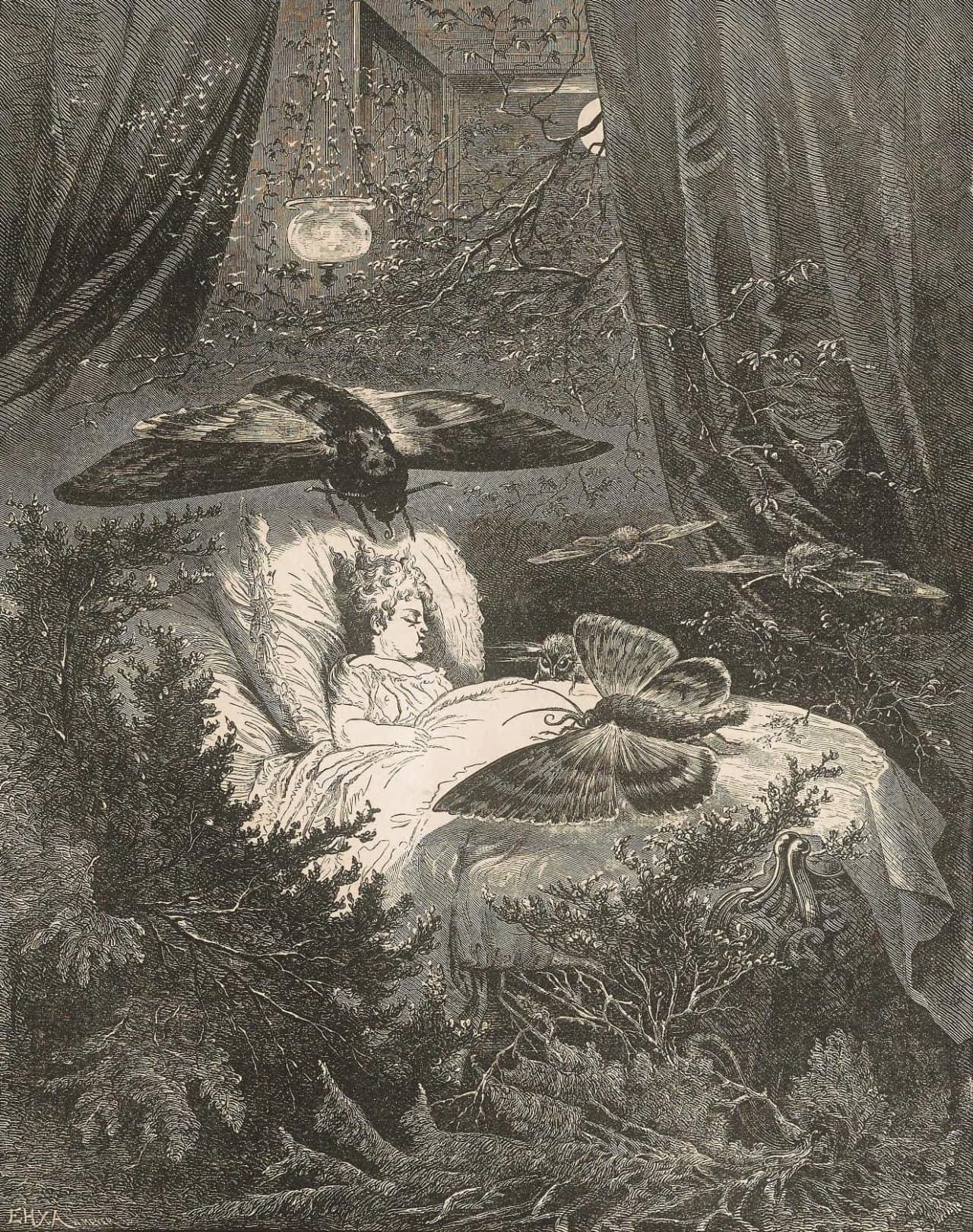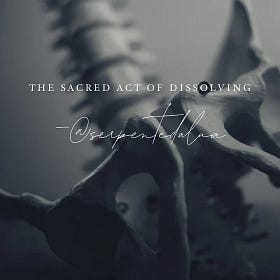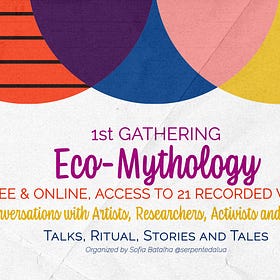Psykhē Ecosystem
Claiming the vital diversity of an ecosystem, there's not just one type of psyche, but multiplicity, plurality, profusion, abundance and complexity.
I'll start here with the Moths, or the night butterflies, which are most active in the dark and during twilight, guided by the moon's light — in fact, intense light blinds them, making them lose their way, chaining their sensitive eyes. Their body is rounded and robust and, because they move in the shade, they don't need contrasting colors. Their antennae and wing patterns are quite varied following the vibrant diversity of their ecosystems, opening a multiplicity, plurality, profusion, abundance and complexity of bodies, wings, and antennae. They feed mainly on vegetation and serve as food for bats, birds and spiders. They are excellent at camouflage, as their wing patterns mimic the bark of trees or rocks where they rest, making them invisible to predators. Although they mainly move around at night, they are as valuable and important pollinating insects as bees or daytime butterflies.
They metamorphose in a soft cocoon, and it can take up to two years for the larva to complete its cycle, with between five and forty mutations. Two years and forty conversions of a liquefied body, remade and regenerated; of a fickle and impermanent body, iterated and repaired; two years of trials to gain wings blown by the wind.
Forty initiations, voraciously swallowing up the body again and again, making room for subtle and surprising possibilities.
From larva, to pupa, to winged adult, fulfilling the design of following the songs of the plants and the melodies of the moon, fertilizing flowers, laying eggs, camouflaging itself in its environment — the larva remembers the textures and patterns of stones and trees, whispering this information to the wings that emerge in the final body — and, finally, being food; in co-emergence, becoming and unfolding. But we only call them pests, unwanted infestations that must be quickly cleaned up and extinguished, neglecting their intrinsic value and the priceless stories they carry.
I'm reminded now of the Greek agrarian myth of Psykhē, a beautiful mortal princess in love with Eros, the god of love. The story goes that, in addition to many other tribulations, the Goddess Aphrodite, overwhelmed by the attention devoted to the young woman's beauty, gave her four tasks impossible for a mortal to fulfill: the selection of grain, the golden wool, the water from the spring and the descent into the underworld to bring back Persephone's beauty box. These are terrible and impossible tasks, full of adversities, which can only be overcome thanks to various allies, undertaking a true journey of the Soul.
For the Greeks, Psykhē is the personification of the Soul and is represented by a beautiful woman with butterfly wings. The name of the beautiful beloved of Eros is linked to a day or night butterfly. The word Psykhē means "soul" and "butterfly" in Greek, although the direct translation is Anima, the Latin word for "soul." There are other possible meanings of the Greek word ψυχή (psyche) as "life"; some also conjecture that it is derived from the verb ψύχω (psycho, "to blow"). Derivations included "spirit," "ghost" and "I" in the sense of "conscious personality" or "psyche." In the mid-17th century, through the Latin of the Greek psukhē "breath, life, soul" the concept and term is adopted, gaining the fractal meaning of psyche: of soul, mind and personality — the totality of the human mind, conscious and unconscious, complex, in flux and tension of somatic, personal, collective and ecological layers.
Again, claiming the vital diversity of an ecosystem, there is not just one type of psyche, but multiplicity, plurality, profusion, abundance and complexity — neurodiversity, multiple contexts and expanses of different experiences.
Moth and Psykhē
I now recall the relationship between the Moth and Psykhē, which invites us to unconditionally broaden the ideals of beauty, embracing the multiple ways of being beautiful, even in the dark — after all, a Moth doesn't have the colors of a daytime butterfly. On the other hand, the various metamorphoses of the Moth, the ordeal of the liquefied body, the rawness of the uncertainty of metamorphosis, relates to the inevitable and profound transformation of the body and the Soul like the one lived by Psykhē — between five and forty metamorphoses until the Moth gains wings; four impossible tasks until Psykhē is free — up to forty deep crises breaking the body, melting, violating, fusing and recomposing. After the descent into the underworld, without a body, Life emerges again, renewed, starting over and finally emerging with wings that fertilize the flowers in the moonlight.
Each crisis is an initiation that devours and transmutes previous states, adding intricate, subtle and powerful layers of complexity.
Layer by layer, in a kaleidoscope of penetrating and subjective complexity and maturation, Life experiences itself. The same painful ritual initiation echoes in the despair of Psykhē's multiple trials — of the impossible tasks with an improbable conclusion.
An improbable chimera, just as the body of the larva tears apart repeatedly, without knowing the end or the conclusion. With each layer, we fall back into Life. Like the Moth, Psykhē gives the body over to the sacred task of metamorphosis, for this is the unfolding of Life. We remember the deep intertwining between Psykhē and the Moths, with the butterflies invading cereals or natural fibers, echoed by the first two tasks — separating seeds and recovering golden woolen threads. The legacy of the night butterfly also resonates through the last two tasks — bringing water from the black fountain and descending into the underworld to find the sleep of death in Persephone's beauty box — through the fountain dressed in night and darkness, as well as through the sleep of death and metamorphosis to which she is sent when she opens the box, being saved by the love of Eros. After all, the last stage of initiation, the urge to open and see what's inside the box, is catalyzed only by curiosity and love, two essential forces of Life and transmutation.
In the invisible corners of each ecosystem, in the darkness of the night or in the intimacy of the cocoon, where we are not dazzled by the lights of modernity, there are essential mythical keys to remembering our Anima, reclaiming the ecological soul, the one that undoes and remakes, that rips apart and recomposes itself.
The one that regenerates in kin and relationship. After all, united in the pain of the necessary and urgent metamorphosis, the Moths are essential to the life of the ecosystems to which they belong — part of many complex relationships — and Psykhē only overcomes her trials through the help of and relationships with allies — who also represent the multiple and diverse wild layers of her Soul. Both dissolve and recompose.
The retrieval of these mythical keys does not serve to blindly follow universalizing lenses, trying to reach the "pure" essence — this linear ideal is where we lose the ability to look for singularities, erasing and neglecting the details, the contexts, and the particularities. These keys are alive, like fertile humus, which unfolds in unique, varied and emerging combinations, with commonalities but always plural.
May we, like the Moths and Psykhē, feed our psyche and soul with complexity, opening ourselves fractally to paradox and the essential, primal wisdom of Life, dissolving and recomposing again and again.
The sacred act of dissolving
The polymorphic body dissolves and tears. Transforms and dismantles. Dissipates Unties Dismembers Disintegrates The polymorphic body needs metamorphosis to remain whole. To merge with Life. To aggregate to the ground. To break and emerge. Metamorphosis is inevitable, but we do not always have a cocoon.
Welcome to the first Eco-Mythology Gathering in Portugal
This is a pioneering gathering in Portugal about the need to intertwine Ecology and Mythology; about the importance of how we tell stories, be they personal, cultural, social, scientific, or even political. ACCESS the Event here. Twenty-one 45 min recorded presentations, in English and Portuguese (English subtitles available), for you to watch at your ow…
Granny's Dream
The midday heat made her sleepy. With her wild, rough skin warmed by the sun, Granny dozed off, falling into the dreams of the world, claiming deep memories, recollections of her long life. The daydream brought her back to when she was still sovereign, when men called her Elder. She missed the shady presence of ancient oak and chestnut trees and the fres…
References:
This article was translated from:
BATALHA, Sofia. Psykhē Ecosystem. Wind and Water - Rhythms of the Earth, https://ventoeagua.com/revistas-online/revista-44/psykhe-ecossistema/, issue 44, 2023






I can't stop rereading this gorgeous piece. I've recently been gifted a powerful dream of moths, and I'm in a phase of perhaps 40 dissolutions and reformations - and I can't thank you enough for the gift of this potent essay that is helping me to keep deepening in intimacy with this whole process. Deep thanks, friend. Grateful. xoxox